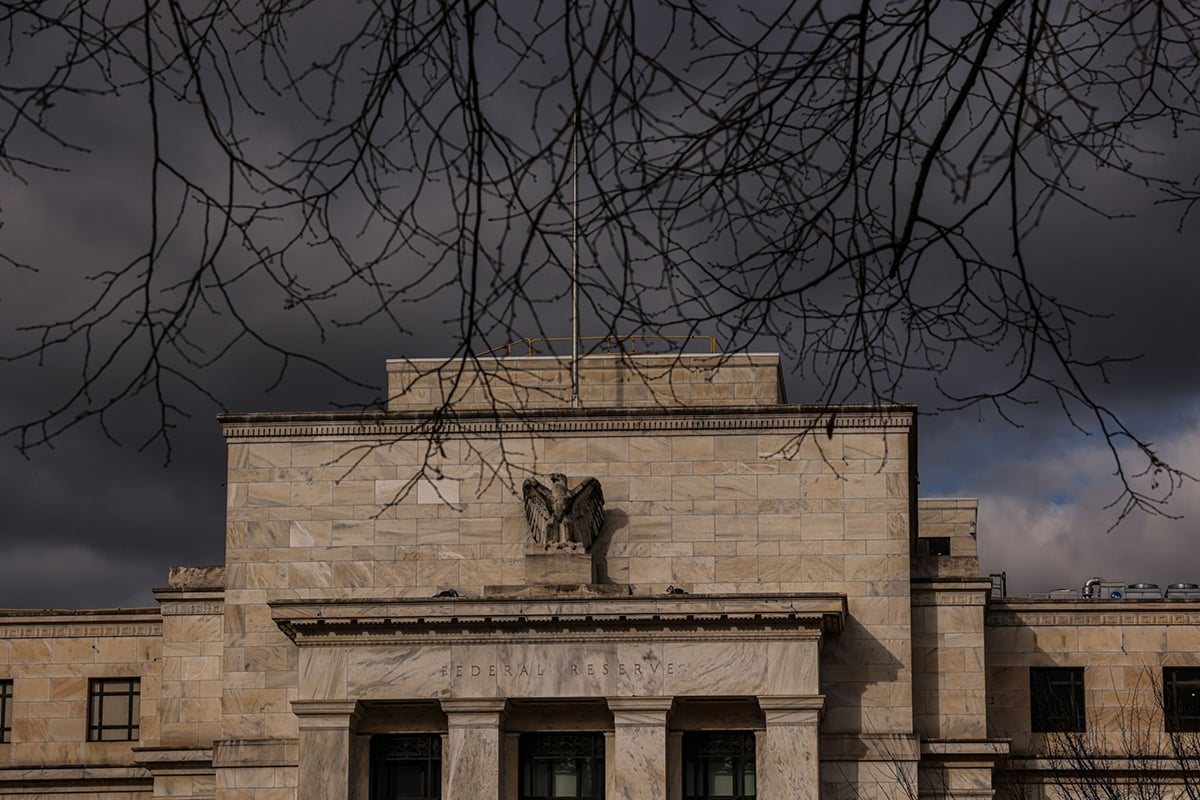Usually, in the year following a presidential election, the promises of the campaign trail give way to a more sober set of realities. But so far, President Bush has not given much ground on the priorities he cited in his campaign–reforming Social Security, overhauling the tax code and making the last round of tax cuts "permanent."
And that's just what worries many business leaders and economists. Even those who support some of these initiatives in concept question whether this is the best time to push them. Despite the administration's pledge to cut the deficit in half by the end of 2008, few believe the country is able to pursue both the Bush agenda and deficit reduction at once. "You've got to start focusing on bringing the deficit down," says David Wyss, chief economist at Standard & Poor's. "Given the promises [the president has] made, it will be hard to do. You can't cut taxes to zero and try to make it up in volume. It just doesn't work. My guess is he won't get a lot done." To begin addressing the deficit, government spending must be held in check to a far greater degree than during the prior four years, and the economy will have to remain buoyant, at the very least. Of course, the administration did get good news recently: The deficit for fiscal 2004, which was projected to reach $500 billion, came in at $412 billion–although even that figure is a record. Still, the concern is widespread. In Treasury & Risk Management's biannual economic survey of CFOs, treasurers and controllers, 52% of the 204 readers surveyed cited addressing the problem of the rising federal deficit when asked what should be the administration's top priority for the next four years. No doubt, the weight of the deficit is taking its toll. Already, the value of the dollar has been driven lower, even though the U.S. economy has been otherwise showing signs of relative strength. Today, for instance, the euro is up 54% from its low in 2002 against the dollar.
Most economists expect the dollar to remain weak against the euro and the yen in 2005. Of course, a weak dollar is a double-edged sword: It makes U.S. goods less expensive and more attractive at home and abroad compared with products made in Europe and Japan; it also can make services and production outsourced by U.S. companies more expensive, depending on the country to which a company is outsourcing. The good news for the moment is that the rates on U.S. Treasuries have remained subdued, a sign that non-U.S. investors are not stampeding for the doors because of the underlying weakness a low dollar can imply. "The dollar is a real issue," says Diane Swonk, chief economist at Mesirow Financial in Chicago. "The problem is once the dollar is on a trajectory, it's hard to get it off–even if it's wrong."
Complete your profile to continue reading and get FREE access to Treasury & Risk, part of your ALM digital membership.
Your access to unlimited Treasury & Risk content isn’t changing.
Once you are an ALM digital member, you’ll receive:
- Critical Treasury & Risk information including in-depth analysis of treasury and finance best practices, case studies with corporate innovators, informative newsletters, educational webcasts and videos, and resources from industry leaders.
- Exclusive discounts on ALM and Treasury & Risk events.
- Access to other award-winning ALM websites including PropertyCasualty360.com and Law.com.
*May exclude premium content
Already have an account? Sign In
© 2024 ALM Global, LLC, All Rights Reserved. Request academic re-use from www.copyright.com. All other uses, submit a request to [email protected]. For more information visit Asset & Logo Licensing.







